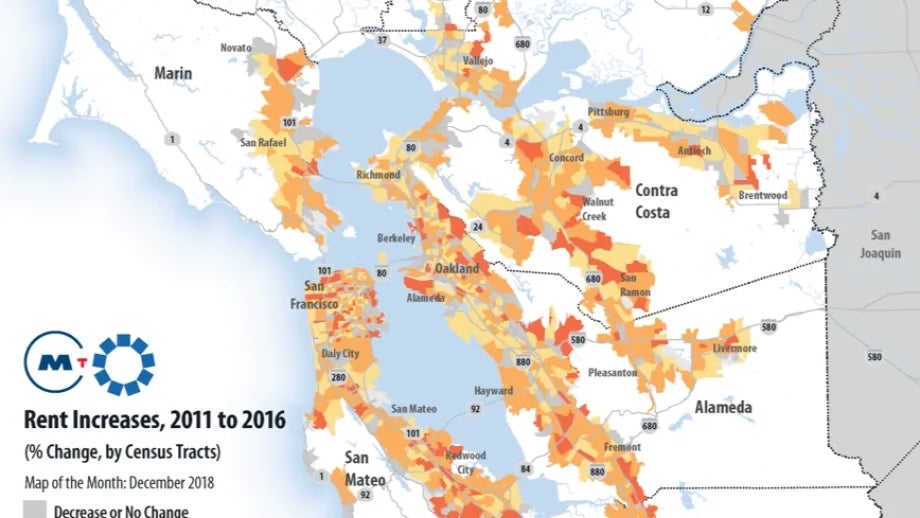Report to the Commission and the ABAG Executive Board: December 19, 2018
Commission Workshop
November 28-29, Sonoma
I just wanted to thank commissioners for a robust and informative discussion about the three items on your workshop agenda: the CASA Compact, conditioning transportation funds for better housing outcomes, and the creation of a Regional Infrastructure Bank. The CASA item is on your commission agenda today for action, and we will be bringing the other two issues back through the committee system in the coming months.
CASA Study Tour
December 6-7, New York City
Several members of the MTC Commission and ABAG Executive Board joined the CASA Co-Chairs and other Steering Committee members on a housing fact-finding trip to New York. Of particular interest was a briefing on the New York City Housing Development Corporation, which was created in 1971 and last year issued more than $1.5 billion in bonds to finance the preservation and production of affordable housing. The CASA Compact calls for standing up a similar regional housing enterprise in the Bay Area.
TBPOC Final Meeting
December 10, San Francisco
It is rare that you get to participate in the life of a public institution from its birth to its death, but such is my personal history with the Toll Bridge Program Oversight Committee (TBPOC). That oversight committee was established by the State Legislature in 2005 to bring better cost and schedule control to the troubled Bay Bridge east span replacement project. As confirmed by the California State Auditor in its August 2018 report, that is just what the TBPOC was able to accomplish. Our close-out forecast is that the entire toll bridge seismic retrofit program will underrun its budget by about $30 million when all is said and done. During my tenure on the TBPOC, I served with five Caltrans directors and six executive directors of the California Transportation Commission. In closing, I’d like to acknowledge the efforts of all of these colleagues in achieving such a good result.
BUILD Grant Announcement
December 11, Washington DC
U.S. Transportation Secretary Elaine Chao announced the list of recipients for $1.5 billion in discretionary grant funding from the so-called BUILD program (formerly known as TIGER grants). In local news, the Better Market Street project in San Francisco scored $15 million. At the national level, the unmistakable trend in the allocation of these BUILD grants is that they are landing primarily in rural areas where political support for the Trump Administration is highest. Elections, as they say, have consequences.
Transbay Peer Review
December 13, San Francisco
Andy Fremier and the chair of MTC’s peer review panel, University of Texas professor Mike Engelhardt, testified before the Transbay Joint Powers Authority (TJPA) about the preliminary report concluding that “the probable cause of the girder fractures at the Transbay Transit Center to be the formation of cracks in the girder weld access radii prior to service.” Further information about the ongoing peer review process can be found here.
CARB Adopts Bus Rule
December 14, Sacramento
The California Air Resources Board (CARB) has approved a first-of-its-kind regulation in the U.S. requiring public transit agencies to transition to 100% zero emission fleets by 2040. CARB’s press release on the rule glosses over a pretty important implementation detail: zero-emission buses currently cost about 70% more than a comparable diesel vehicle, and CARB’s regulatory action didn’t create any new funding to cover the delta in cost. We will be working with the Bay Area’s public transit operators on financial strategies for the region’s 2,700 motor buses to comply with the new rule.
Rent Increases, 2011 to 2016
This map illustrates that, between 2011 and 2016, most places in the Bay Area experienced significant rent increases. Many communities saw rent increases of 40% or more in the five-year period. For too many lower income residents in our region, this meant living with friends and family, moving out of their neighborhoods to more affordable places further east, or becoming homeless. That’s the sobering reality of the Bay Area’s housing crisis.

